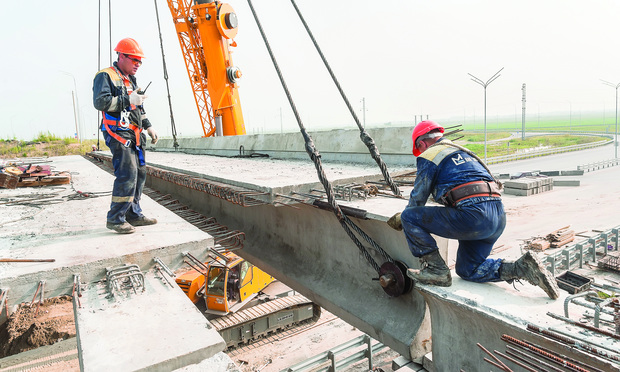For attorneys representing clients in complex construction cases, it is not unusual for claims to be asserted for bodily injury or property damage in connection with building construction completed years earlier. Claimants can assert that concealed construction deficiencies or latent design defects caused a condition that led to an injury to a person or to property. For example, suits brought on behalf of homeowners’ associations against developers, designers and contractors can allege significant damages resulting from conditions claimed to have been concealed or dormant for many years. One of the first questions faced by an attorney handling a complex construction case involving multiple parties, multiple experts and thousands of documents, is whether or not the statute of limitations defense can be used by a particular defendant. This article will focus upon the basic statute of limitation time frame, and will also address how the statute of repose and the discovery rule can extend or limit the statute of limitations time frame.
Statute of Limitations
The New Jersey statute sets forth, in pertinent part, the following:
This content has been archived. It is available through our partners, LexisNexis® and Bloomberg Law.
To view this content, please continue to their sites.
Not a Lexis Subscriber?
Subscribe Now
Not a Bloomberg Law Subscriber?
Subscribe Now
LexisNexis® and Bloomberg Law are third party online distributors of the broad collection of current and archived versions of ALM's legal news publications. LexisNexis® and Bloomberg Law customers are able to access and use ALM's content, including content from the National Law Journal, The American Lawyer, Legaltech News, The New York Law Journal, and Corporate Counsel, as well as other sources of legal information.
For questions call 1-877-256-2472 or contact us at [email protected]



